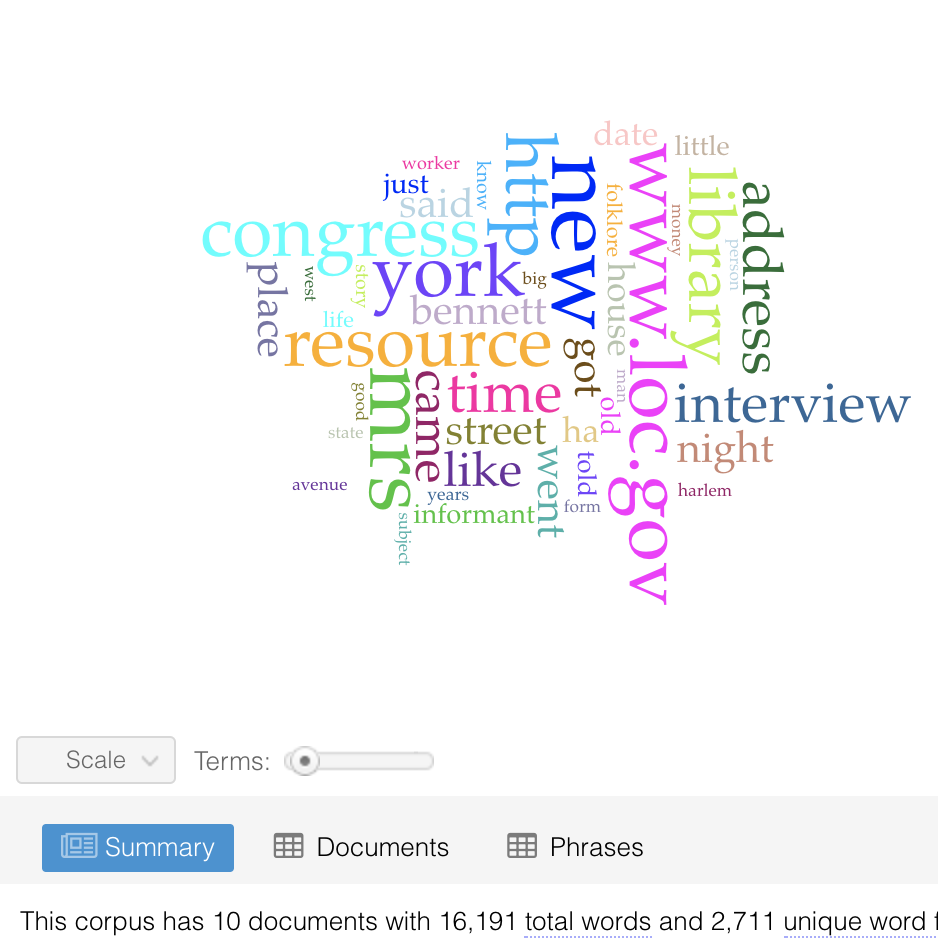This semester I learned a lot. I was able to learn about aspects of the New Deal that I hadn’t covered in my own studies. I was a bit on the fence about the integration of certain aspects of information technology and historical study, (specifically when we learned about glitching1) but I’m glad to say that I understand the possible functions of all the skills we learned. I became very interested in what I feel is an underrepresented group in discussions about the Great Depression, and decided that I would do my final project on women and how their positions within society changed.
Something that I hadn’t heard before were statistics for female employment during the Depression, and how they changed. 10.5million women were in the workforce in 1930, and that number rose 24% to 13million by the time World War II began. 15% of married women were employed, and 50% of single women were working. In order to show all of these wonderful accomplishments (and a few disappointments), I chose to use image annotation, image glitching, and timeline creation for my project. I used image annotation because I’m a visual learner, and I find that it’s often easier for me to learn and focus when there are images present. It also gives you a sort of ‘hands-on’ way to view information attached to photos2.
I chose image glitching because it was the skill I struggled with the most. I honestly didn’t see how it could be useful when we first discussed it in class. However, I’m glad to say that I do understand the purpose now. It literally forces you to look at images from a different perspective, and introduces new ideas in your mind. Glitching is also completely random, so you can’t manipulate it to prove your point. I found it to be an interesting way to look at images of working women.
Finally, I chose to create a timeline because it was the best way to show the changes within the government and within society in a linear way. I think over the course of the semester, the timeline tools were my favorite. Using the timelines to study the ex-slave narratives was extremely helpful, and it was extremely raw at the same time3. Listening to casual conversation about a period of time that is still so painful, but they’re almost relaxed about, and reducing it to a timeline is incredibly intense.
I found myself confronting the way that I consumed information on the internet as well. The presentation in class about fact-checking resources was extremely interesting. I’ve always been very careful about the sources I use, but after I learned about Professor Kelly4 and his class that centered around building a fake Wikipedia page, and story to go along with it, I’ve been nervous. I’ve not cited Wikipedia in academic papers for a long time, (probably since elementary school) but I have used it as a resource in casual research before. I’ll definitely double check everything I read on there from now on!
Overall, I learned a lot in this class. I’m a history major, and the 1930’s was my main interest for a long time. I was mostly focused on the Dust Bowl, so learning about other aspects of it was incredibly interesting. I learned a lot of digital skills that I hope to use in my studies in the future, and I had a really wonderful experience learning about the different cultural projects introduced in the New Deal.
Here is the link to my final project: http://jessicadoeshistory.com/cnd/exhibits/show/the-working-women-of-the-1930-



